Micropile Foundation: What is It[Design Details,Installation,Cost….]
Micro piles that are also known as mini piles or root piles are deep foundation elements that are constructed by using durable and high-quality steel casings and threaded bars.
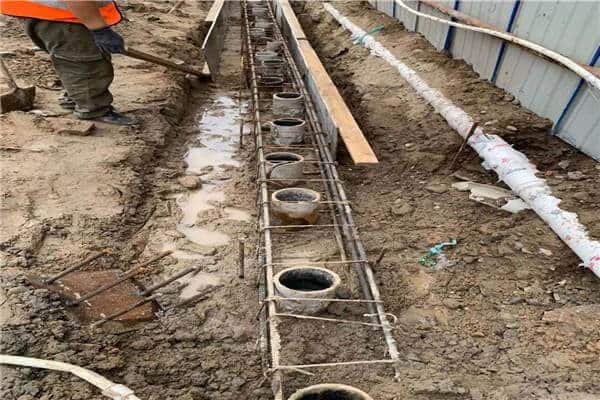
The micro pile foundation is most commonly used for providing structural support, underpinning the foundation, enhancing mass stability, and for transferring loads.
The micro piles are best for minimizing foundation settlement and are ideal when is being done in the areas where soil makeup is quite difficult. Micro pile foundation resists uplift and lateral loads.
Micro pile foundation reduces all the concerns related to the quality assurance that is associated with cast-in-place piling in weak soils.
Contents
Micropile Installation
Following steps are involved in the installation of micro piles:
- First of all, a hole of a required diameter that is 150 to 300 mm is drilled by rotary drilling equipment. Bentonite slurry is introduced in the hole to stabilize the sides of the borehole. All drilling work should be done by a stable working platform
- M.S or HDP liners of full depth up to hard rock are necessary. MS liners are more reliable and preferable.
- For piles reinforcement, a steel reinforcement cage of a bundle of large diameter rebars is used. After the testing of the reinforcing bar, the rebar is cut and the head is greased for protection from the weather elements.
- A rich grout of cement and fine sand with a water-cement ratio of 0.5 is used to grout the pile. The grout should have a compressive strength of a minimum of 480 kg/cm2 on 28 days.
Alternatively, any other suitable method including filling the bore with coarse aggregate up to the specified height of about 1m and filling it subsequently with cement grout can also be proposed.
- The socketing of a pile suitably into the hard rock is necessary to develop the capacity which comes mostly in friction in the socket.
Sequence of Pilling
The installation of piles should be done in such a way that the load-carrying capacity of the earlier installed piles is not decreased. The sequence of piling shall be as per working drawings. The sequence of installation of piles in a pile group is mostly from the center to the periphery of the group.
Benefits of Micropile
Micropile foundation is one of the very cost-effective and reliable pile foundations.
Micropile foundations are easily installed and are very lightweight so are easily handled. These piles are the best option for confined and remote areas like basements, overpasses, rivers, and wetlands.
In both tension and compression, micro piles have high load capacity. Micropile foundation can be introduced at various angles and these piles are capable of withstanding axial and lateral loads.
These piles can be used in areas where the ground situation is very unfavorable. It is easily installed in congested areas and it can be used for tight spaces where other machines can not go.
The major benefit of this pile foundation is that it is durable and it takes very little time for installation. It is installed quite easily as compared to other pile options.
Cost of Micro Piles
The cost of micropiles installation is around 120 USD per foot. They are more expensive than the bore piles. However, they have less construction time.
The cost of installing pile caps could be also around 60 USD per foot. Of course, this number depends on the size of the cap itself.
Design of Micropile Foundation and Details
There are generally two types of design applications of micro piles, which dictate the function.
In the first type micropile is loaded along its axis (axial loading) or it is loaded transversely to its axes (flexure loading). In the second application of micropile itself is used as a soil reinforcing element.
Design by direct transfer of loads
In this case, micropile is loaded under axial or flexure load. It resists the axial load through the compression in concrete and reinforcement while flexure is only resisted by the reinforcement.
This type of application of micropile is used in cases when the load has to be transferred to deeper foundations like stable strata.
Design for soil reinforcement
In the second type of design application, micro piles are used to reinforce sold to make it a stronger composite that can resist loads.
This type of micropile application is also known as a reticulated pile network. Micropiles in this case circumscribe the soil and make it stronger internally.
Design considerations
Usually, a factor of safety if 2.0 is adopted for the design of micro piles.
The factor of safety is the ratio between allowable loads and actual loads on the structures. There are several design standards available worldwide for their design.
One such example of design standard is the British standard: BS 8081. It should be noted that piles are usually designed taking into account only their compression capacity and neglection the strength reduction by buckling. This is because they are surrounded by soil on all sides.
In case, when a pile encounters a cavity or very soft lime, the buckling capacity should be considered by calculation the critical load using Euler’s formula.
Design details
There are three types of reinforcement, that can be used in micropiles: single reinforcing bar or reinforcement bars, or steel pipes. The most common options are a single reinforcing bar and steel pipes.
- Reinforcement bars are high-strength steel bars available is in diameters up to 40mm and yield strength till 460 MPa. They are placed in the form of bundles.
- Steel pipes are normally old petroleum steel piper, which had very high tensile strength. Their size could range from 60mm to 300mm and steel grade can be up to 550 MPa. They are usually recommended for compression.
- Steel reinforcing bars are continuously ribbed bars. They are available in diameters of 19 to 63 mm with yielding strength up to 550 MPa. The thread on the bar ensures a strong bond with the concrete grout.
Microile vs Helical Pile vs Bored Piles
- A helical pile is a sort of anchor in which helical bearing plates are attached to a circular cross-section shaft. The plate is responsible for the stabilization of the pile. These piles are drilled into the earth’s surface.
- Micropile is also a type of helical pile but of smaller size. It is normally used in areas where there are underground utilities or soil cannot dig too much. If there are limited options to use an excavator, then the micropile is the best option.
Micro piles as discussed earlier are screwed into the soil to improve its bearing capacity.
- Micropiles can also be termed as bored piles if their diameter is less than 250 mm. Bored piles are usually made of concrete and bore down the earth to transfer loads from the foundation to the hard strata below.
To sum up, the main difference between micropiles, bored piles, and helical piles is due to diameter and length.
If the diameter is less than 250 mm it could be either micropile or helical pile and vice versa. If length is small and diameter is less than 250m, it is a micropile.
Conclusions
In a nutshell, this article describes the design and installation process of micropiles. It also highlighted important design considerations. An estimate of the cost is also given.
Lastly, a comparison is also drawn with other types of piles (helical piles and bored piles), which lie in the same category.
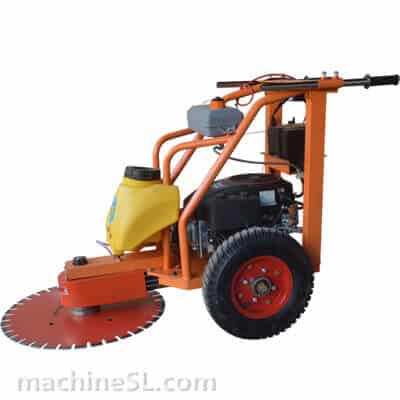
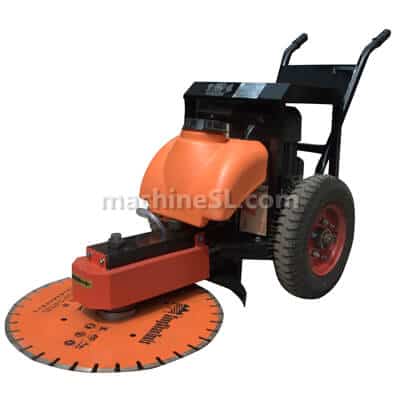
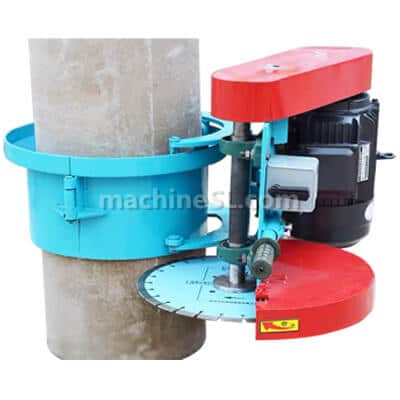
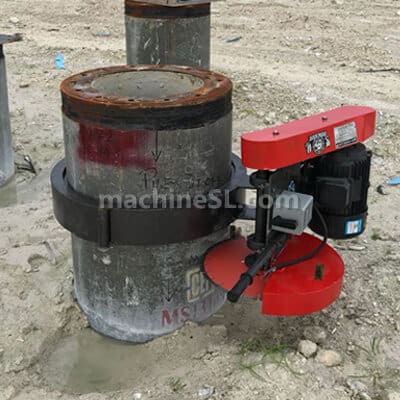
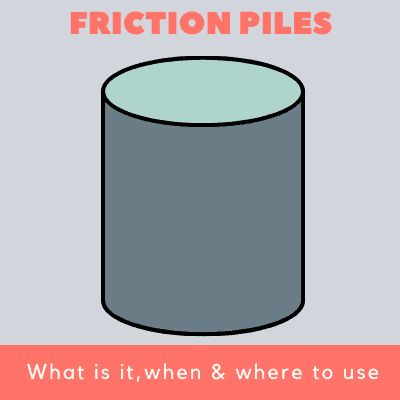
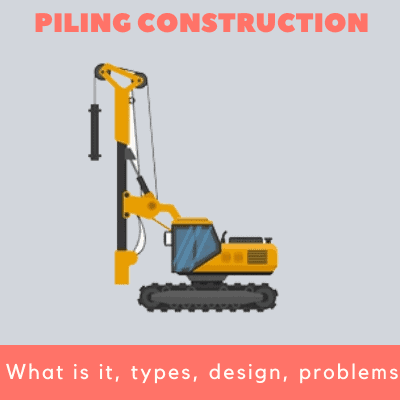
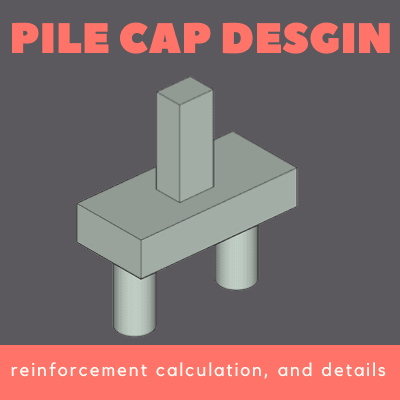
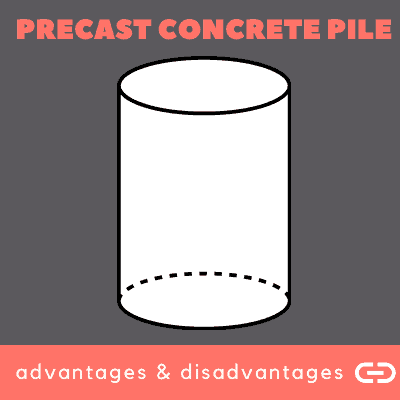
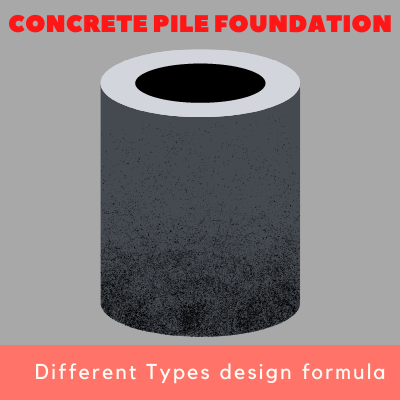
Hi there! A group of developers have been planning to build a few shacks next to the local recreational lake next year. When you told us that micropliling is highly affordable, it totally caught my attention. I’ll remind them to take a closer look into this option so the construction can be done efficiently.